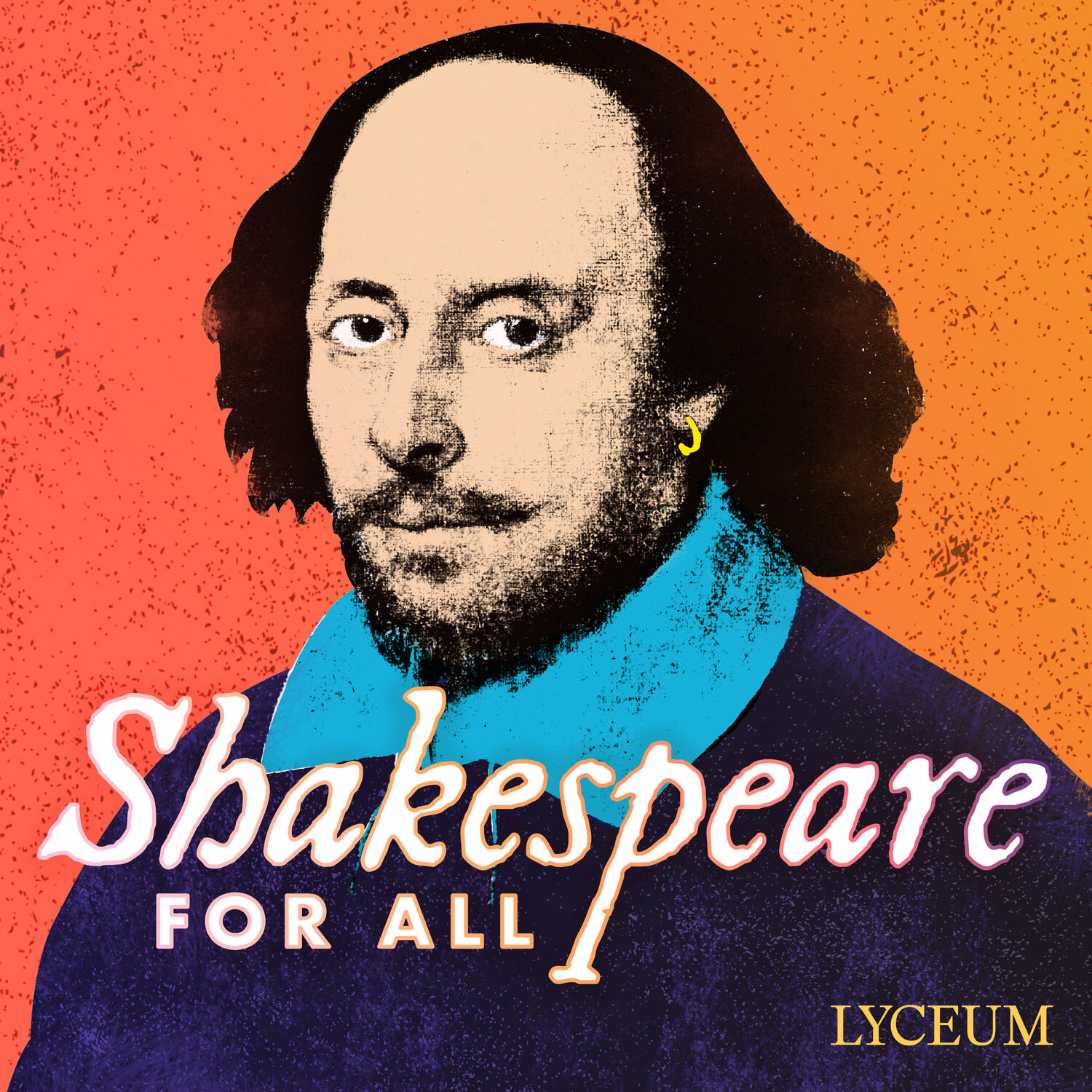Macbeth
“WHAT BLOODY MAN IS THAT?”
What You'll Learn
The story of Macbeth and the play’s structure and historical context
The strategies Shakespeare uses to create villainous characters who still retain humanity and sympathy
The particular way Macbeth uses language to explore evil, conscience, and guilt
Course Outline
Episode 1 - Macbeth: The Story and the History
Episode 2 - Macbeth: The Characters and the Questions
Episode 3 - Macbeth: The Language
Works Consulted for this Course
Garber, Marjorie B. Shakespeare After All. New York: Pantheon Books, 2004.
Greenblatt, Stephen. “Introduction,” Macbeth, in Shakespeare, William. The Norton Shakespeare. Edited by Stephen Greenblatt, Walter Cohen, Suzanne Gossett, Jean E. Howard, Katharine Eisaman Maus and Gordon McMullan. 3rd ed. New York: W. W. Norton & Company, 2016.
Shakespeare, William. Macbeth. Edited by Jonathan Bate and Eric Rasmussen. The RSC Shakespeare. New York: Random House Publishing Group, 2009.
Shakespeare, William. Macbeth. Edited by Sandra Clark and Pamela Mason. The Arden Shakespeare, third series. London: Bloomsbury Publishing Plc, 2015.
Smith, Emma. This Is Shakespeare. New York: Pantheon Books, 2020.
Snyder, Susan. “Macbeth: A Modern Perspective.” Folger Shakespeare Library. https://shakespeare.folger.edu/shakespeares-works/macbeth/macbeth-a-modern-perspective/
Macbeth is one of Shakespeare’s most concentrated and thrilling tragedies. Macbeth is a warrior lord living in medieval Scotland who starts the play by saving his king — only to then murder the king himself. In this course, you’ll learn Macbeth’s story, explore the complex morality and psychology of Macbeth and his accomplice, Lady Macbeth, and hear the play’s key speeches performed and analyzed by world-class Shakespearean actors and literary scholars.
In Part 1, you’ll be guided through a detailed account of the story with commentary by Emma Smith, professor of Shakespeare Studies at the University of Oxford. Professor Smith outlines the imagery and structure of the play and its relationship to historical events of Shakespeare’s time. This summary is told using the language of the play itself, placing key quotations in context to help you understand where these lines come from and what they mean.
Part 2 addresses some of the central questions the play raises, especially questions of evil and guilt. With Professor Smith, you’ll explore the Macbeths’ marriage and the different ways it can be interpreted, issues about joint agency and responsibility, and the question of how Shakespeare can dramatize such evil in Macbeth and Lady Macbeth and still make these figures sympathetic.
In Part 3, Professor Smith offers close-readings of some of the play’s most significant monologues. You’ll discover the unique kind of speech that Shakespeare develops in this play to reflect his characters’ sense of conscience and guilt, and learn to see how Shakespeare reflects the largest themes of his plays in the smallest units of language.
You can hear the third episode of this course for free below. For the full course, subscribe today on Himalaya Learning. Use the promo code SHAKESPEARE for 14 days free.
Episode 3 - Speeches & Performers
Macbeth, 1.7, “If it were done when ‘tis done …” (Dame Harriet Walter)
Lady Macbeth, 1.5, “Glamis thou art …” (Amanda Harris)
Macbeth, 5.5, “She should have died hereafter … Tomorrow and tomorrow and tomorrow … ” (Andrew Woodall)
Course Instructor
Emma Smith
Professor of Shakespeare Studies at the University of Oxford
Emma Smith is Professor of Shakespeare Studies at Hertford College at the University of Oxford. She is a scholar of Shakespeare and early modern drama, whose research interests span performance, book history, histories of reading, reception and criticism of Shakespeare, and pedagogy. Professor Smith has written and edited numerous works for a range of audiences, including monographs on Shakespeare’s First Folio (Shakespeare’s First Folio: Four Centuries of an Iconic Book; The Making of the First Folio), companions and introductions to Shakespeare’s work (The Cambridge Guide to Shakespeare; The Cambridge Introduction to Shakespeare) and books written for a general readership (This Is Shakespeare; Thirty Great Myths About Shakespeare [with Laurie Maguire]). Professor Smith aims to share scholarly research with the widest possible audience, through books, articles, and lectures, and also through consultation on films and theatre productions, radio and media appearances, and podcasts, including her acclaimed lecture series Approaching Shakespeare.



